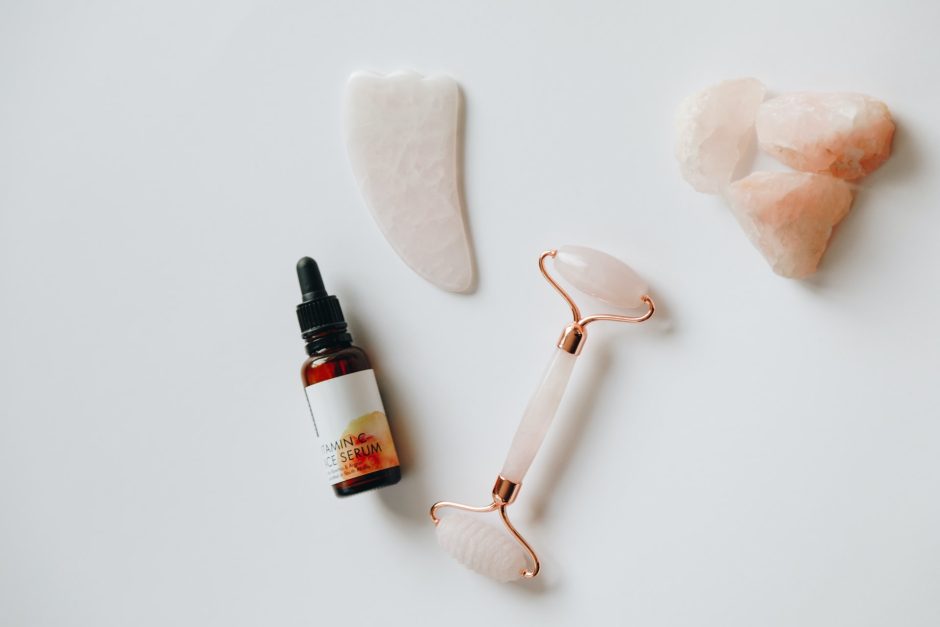The last few years have witnessed the arrival of wellness culture into the mainstream, cemented through an abundance of newly opened yoga studios and salad bars, mindfulness apps, detox diets, and celebrities sharing their latest ‘self care’ beauty routines. Although connecting with your body and soul can have a positive impact on your mental health, these examples have to be understood not as a societal reckoning of the importance of taking care of one’s self, but rather as the disconcerting marriage between neoliberal capitalism and its notion of health. This article will correspondingly discuss why there are good reasons to be sceptical of wellness culture and how it has steadily become a mass marketplace, selling products under the guise of helping people become the best version of themselves.
The term ‘wellness’ was popularised in the 1950s by Dr. Halbert L. Dunn. Importantly, wellness represents more than the mere absence of illness, as it is defined by Dunn as an active, ongoing pursuit to reach a higher potential of functioning. Although the term only started trickling into societal consciousness in the 1950s, the origins of today’s wellness culture date back to the late 19th century. As a result of the Industrial Revolution, a middle class emerged in Europe whose belief in the decay of urban society and newfound wealth afforded them to create a wellness culture coined ‘life reform’. Its members quickly began experimenting with vegetarianism, raw food diets, spas and various forms of exercising. Although the late 19th century wellness movement was born out of an effort to mitigate inactivity and indulgence, it quickly transformed the notion of health: doing away with health as a pure absence of illness towards it being synonymous with self-fulfilment and beauty. This focus on one’s physical appearance created a massive self-improvement market and gave birth to a wellness industry focused on healthy foods, regular exercising and the right attire.
What gave rise to the movement in the late nineteenth century is eerily similar to the characteristics underlying the wellness industry’s recent boom: wealth concentration, technology revolution, labour insecurity and heightened economic pressure. Although the wellness industry of the late 19th century was not a worldwide phenomenon, today’s wellness economy spans globally and was valued at $4.9 trillion in 2019, predicted to reach nearly $7 trillion in 2025. What makes today’s industry so profitable is its selling of a particularly unattainable but highly sought after promise of a happy, fit, anxiety free and balanced you. This promise is structured around self-optimisation, individualism and a certain distrust of western medicine. Increasingly often, A-list celebrities are lending their voice to wellness brands in the name of health, be it in the form of Ariana Grande as a sponsor for BetterHelp – an online therapy app – or Gwyneth Paltrow who founded her own lifestyle brand Goop, which has recently been ordered to pay $145,000 over unsubstantiated claims of the effectiveness of its jade vaginal egg.
One thing that wellness brands have in common is their hollow reference to caring for people’s health and their insistence that consumerism, rather than community, helps people reach heightened states of wellness, neglecting how corporations themselves are responsible for harming people’s (mental) health. A glaring example of this is the wellness company Lululemon, whose employees have repeatedly made its ‘cultlike’ work environment and near constant (negative) feedback responsible for their mental health struggles. Yet, corporations have been happy to endorse the concept of wellness as counteracting some of the endemic problems of post-industrial capitalism, like anxiety and existential insecurity, scholars Carl Cederström and André Spicer write in their book, ‘The Wellness Syndrome’. This notion conveniently reduces systematic problems to the individual and frames stress as a personal problem rather than a systematic feature of the workplace. According to the wellness movement, health is a choice, which correspondingly means that only you are responsible for your own well-being, putting pressure on the individual even regarding things they have no control over. Importantly, the individual is not only responsible for their own well-being, but also for obtaining the means needed to consume the products “required” to achieve wellness in the first place. “But what good is self-betterment if at the end of all that effort to improve ourselves it’s still a hostile, competitive, individualistic, pressurised, insecure, precarious world outside, just waiting there when we’ve finished!” says Dr. Curran, assistant professor at London School of Economics, to Refinery29.
Apart from reducing systemic problems to the individual, the wellness industry also purports health to be synonymous with thinness, all the while adhering to Western beauty standards, exemplified in their narrow focus on leisure time. This is in direct opposition to their marketing, as companies like Goop claim to question long-standing expectations about women’s bodies, and make women feel ‘empowered’, writes Amanda Mull for The Atlantic. Yet, many of the products sold under the guise of health have nothing to do with well-being. This is true for the abundance of products related to clean eating or other restrictive eating procedures, which are packaged as helping people live more fulfilled lives, all the while knowing that restrictive eating procedures often result in yo-yo dieting, which can increase the risk of heart disease and other health fallacies, as stated by Jessica Knoll for the New York Times.
Lastly, the wellness industry is one of the culprits in a long-standing practice of appropriating techniques and cultures from the communities of indigenious people worldwide. This is a problem not only because these communities are often not benefitting from the profits, but also because the origin of the culturally based healing practices, which centre on community and collective care, are ignored in favour of creating an exclusive and costly notion of health that only a small, affluent part of the Western population can actually afford.

As has been presented, the pressure that the wellness industry puts not only on the individual but also on the world’s (marginalised) cultures is not to be ignored. Nonetheless, the notion behind wellness is not refusable per se: much can be learned from looking inward and developing a better awareness of one’s body and mind. What is problematic however is the belief – purported by the wellness industry – that it is not enough to check in with yourself. Instead, this has to be accompanied with an exclusive product, and an aesthetically pleasing and fit appearance. Yet, as Caitlin Agnew describes for The Globe and Mail “thinking about what you can buy to feel better is best ignored in favour of looking inward”. Maybe it is time for us all to follow that advice.

Kathina Mehring
Kathina Mehring does her Master in European Studies at the University of Gothenburg and is passionate about politics and feminism. Staff writer at Utblick since September 2021.



